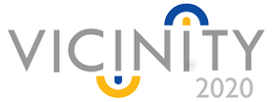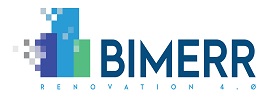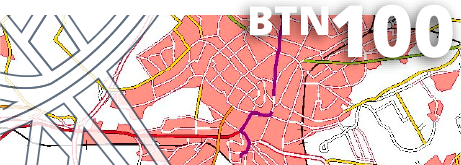
The goal of this activity is to update and add new requirements to the ontology that are not identified in the ORSD, to identify and corrects errors or to schedule a new iteration for ontology development. During the ontology development process, the domain experts can propose new requirements or improvements over the ontology, as well as identify errors both in the requirements and in the implementation.
- Recommended reads:
For further recommendations, resources, tips and tool recommendations check: Poveda-Villalón, M., Fernández-Izquierdo, A., Fernández-López, M., & García-Castro, R. (2022). LOT: An industrial oriented ontology engineering framework. Engineering Applications of Artificial Intelligence, 111, 104755. https://doi.org/10.1016/j.engappai.2022.104755















